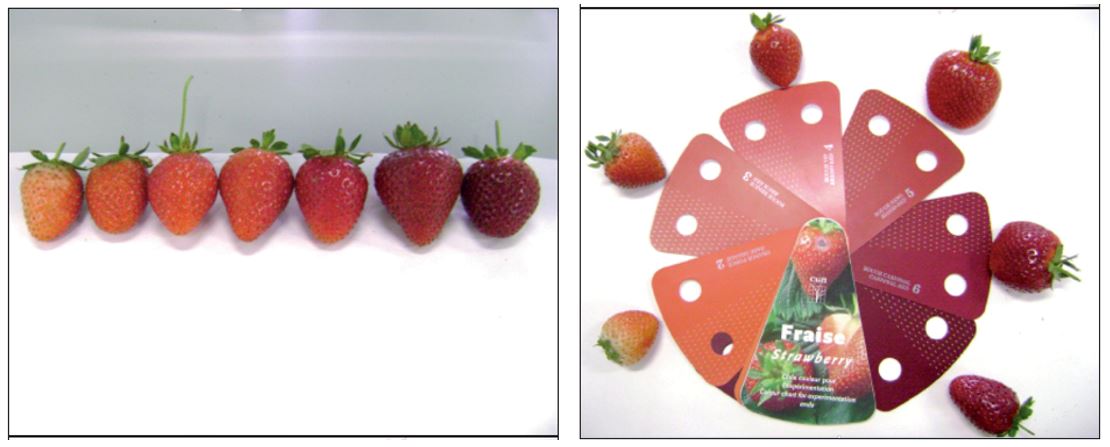Spain is the third largest producer of strawberries in the world, with Huelva being the main producing area at the national level, due to the mild winter temperatures that favor almost uninterrupted vegetative activity throughout the year.
The plant, which comes from nurseries in Castilla y León (Segovia, Ávila and Valladolid), develops in the spring-summer months, going through a vernalization period during which it accumulates the number of hours of cold necessary to subsequently induce the flowering An accumulation of insufficient cold hours causes a weak development of the plants, which give soft fruits and a short commercial life. An excess of accumulated cold, on the other hand, gives rise to lower productions, a great vegetative growth and the appearance of premature stolons.
During the fall and with the drop in temperatures, the transplant takes place in the fruit-producing areas, subjecting the plants to a series of stress conditions caused by the uprooting (from the nursery), handling and transport to the production area.
After the transplant, the strawberry plants have to develop new roots and the emission of leaves begins more or less quickly, depending on the incident temperature. If this is high, there is an overlapping of the processes of formation of new roots and the emission of leaves and floral bouquets, which can have an impact on a significant reduction in the size of the fruit. On the contrary, if the temperature is not high, the plant still has a more or less long period to emit the new root system and begin the new period of floral induction that takes place after planting in the final land.
After the first flowering and once the plant begins to bear fruit, temperatures below 12ºC are detrimental to the proper ripening of the fruit, also giving rise to deformed fruits. The optimum temperature to produce quality strawberries is between 14 and 21ºC. Above this range, the ripening and coloration of the fruit occurs very quickly, preventing it from reaching a commercially suitable size. Regarding the photoperiod, to guarantee a correct ripening of the fruit, the plants must have between 8 and 10 hours of light per day, or even more. This is because the strawberry is a plant that continually mobilizes sugars, therefore needing energy from sunlight to start the entire complex mechanism of photosynthesis.
It should be noted that despite their high content of phenolic compounds, red fruits are very perishable, that is, they have a very short post-harvest life. Specifically, the strawberry has a maximum shelf life of 7 to 10 days. In addition, they are fruits that are characterized by their high susceptibility to mechanical damage and the invasion of some pathogenic organisms.
For all these reasons, the cultivation of berries and, particularly of strawberries, has always been of great demand in products and nutritional solutions of high quality to achieve a successful harvest and high profitability, for which Cultifort has focused on the development of products specific for each stage of development of this crop.
In the first phases of root and vegetative development, root applications with MICROVITAL-L are of vital importance, with which we will achieve: improve the structure and fertility of the soil, provide micronutrients and mobilize the macronutrients present in the soil, increase the cation exchange capacity (CIC) and the concentration of organic matter. But above all, MICROVITAL-L substantially improves the development of beneficial microorganisms in the soil thanks to its high prebiotic power.
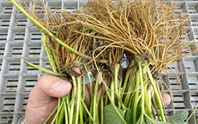
If, in addition to this, we start from a plantation in old loin or conditions of waterlogging or high humidity, due to possible rains throughout the crop cycle, we recommend the application of OXIFORT to solve the conditions of root reduction and suffocation, releasing slowly and gradually the dissolved oxygen in the water, aerating the soil, giving it sponginess and preventing the development and proliferation of anaerobic pathogenic fungi.
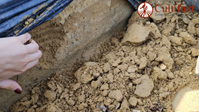
Applications with SPIRALIS LONG LIFE are of vital importance to guarantee maximum crop health, from the moment of transplanting to improving post-harvest shelf life. With SPIRALIS LONG LIFE, a better establishment of the crop is achieved thanks to the fact that it works as a physical barrier against abiotic stress, improving the sanitary conditions of the plant and allowing it to allocate more metabolites to the formation of new roots and the emission of leaves. and flower bouquets. On the other hand, its effectiveness has been verified to prevent against Oidium and to improve post-harvest life against Botrytis or Rhizopus-type rot.
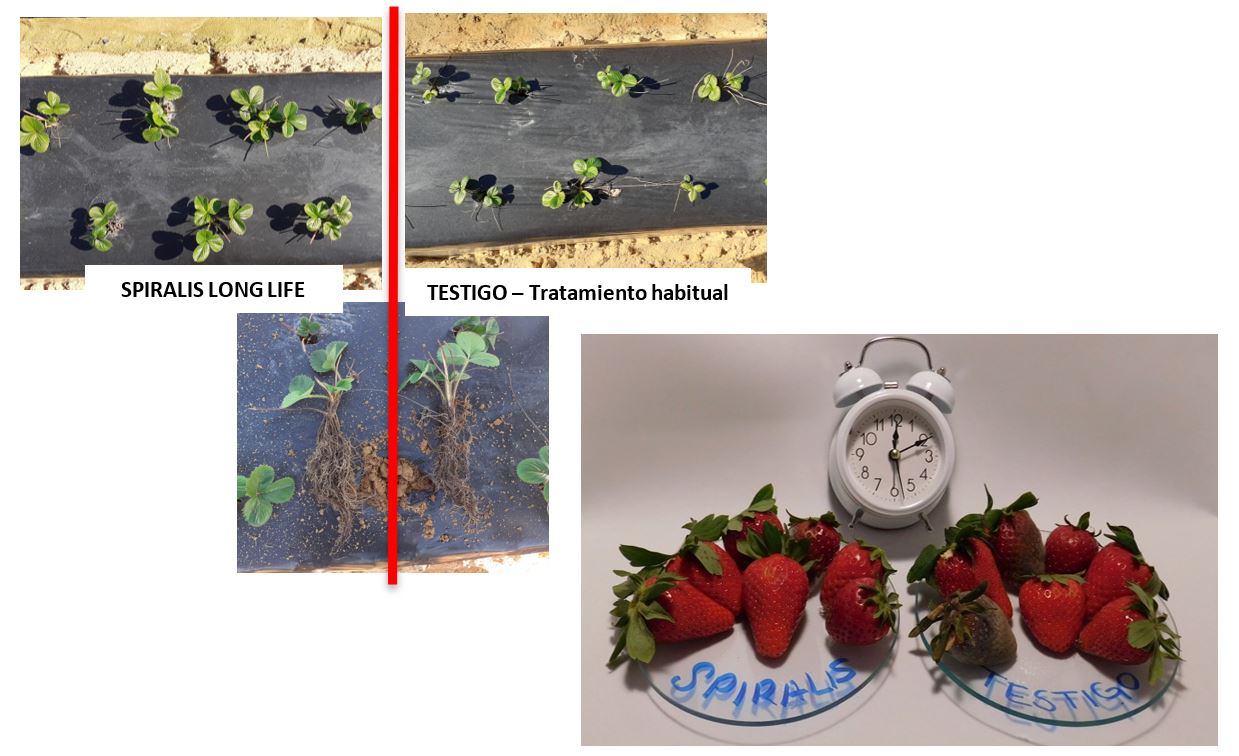
To enhance flowering and improve fruit set, in addition to maintaining good vegetative growth, applications with BVC 2021 are recommended, since the synergy between the algae in emulsion and the amino acids present in its composition, plus nitrogen and sugars reducers that it also formulates, promote the beginning of the physiological activity of the plant, stimulating the formation of leaves and flowers, improving the quality of the fruits and advancing their maturation. Its formula has been improved by means of the CULTITEK complex, further enhancing its effect on chlorophyll biosynthesis and photosynthetic activity, which makes BVC 2021 an essential ally even under adverse conditions.
Together with BVC 2021, we consider FERKOLOR to be an optimal formulation to promote the formation of fruits with greater caliber, colouring, firmness and quality. Thanks to its composition with an optimal balance between nitrogen, potassium, calcium and boron, in addition to chelating agents, FERKOLOR helps the fruits to ripen in a uniform and staggered manner, improving the accumulation of sugars and preventing apical rot and softening of the skin. fruit.
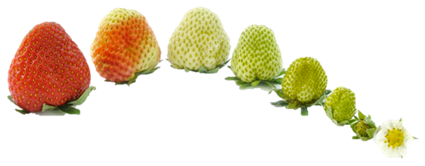
In the winter days, shorter, or cloudy days, with fewer hours of light, with low temperatures, when the plant is in full production, overlapping the phases of vegetative growth, flowering, fruit set, fattening and fruit ripening, or simply When the plants support a high productive load, the strawberries will ripen more slowly, sometimes even with difficulty in reaching the optimum commercial color. In these cases, together with BVC 2021 and FERKOLOR, the application of FASKOLOR is recommended to accelerate the physiological cycles of ripening, especially those related to the synthesis of coloring substances, in this case, the synthesis of anthocyanins, polyphenols (antioxidants) responsible for the coloration of strawberries.


